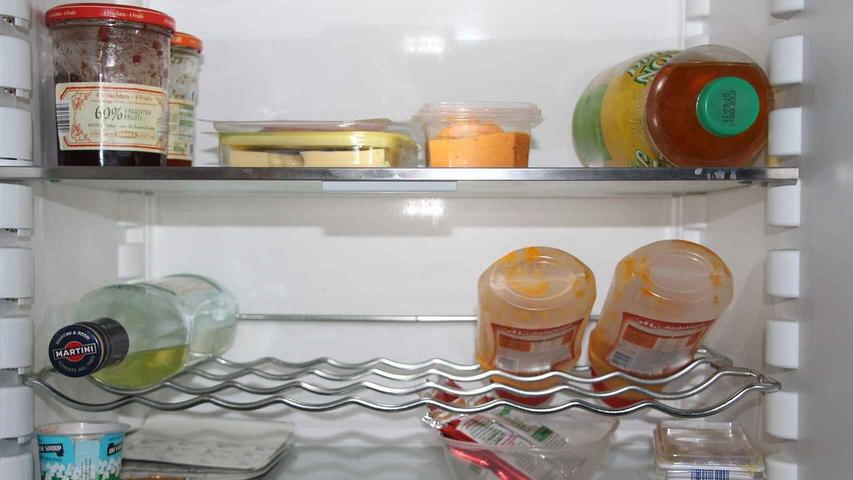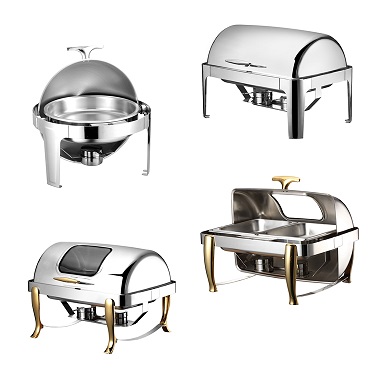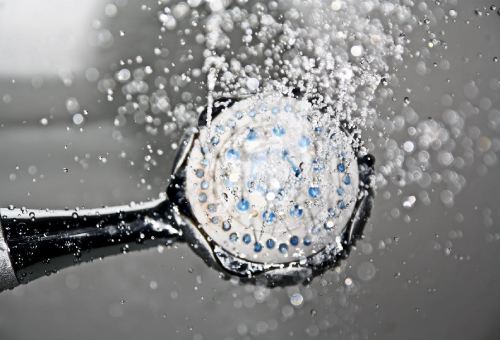This is the safest temperature to keep food in your fridge
Related news
The refrigerator burst into the life of ordinary mortals many years ago to make our existence easier. Until then, preserving perishable foods such as meat or fish was much more difficult and had to resort to techniques as old as salting, for example. Creating a machine that could generate cold uninterruptedly in the same way that snow wells did was a great advance not only for technology, but also for food safety and people's health.
However, the truth is that it is not enough to simply place the refrigerator in the kitchen and put the food inside it. Bacteria, those microscopic beings that came into the world to complicate our existence a bit, proliferate in the most diverse ecosystems, at different temperatures, and some are even capable of reproducing inside the fridge if it does not have the right temperature.
According to the Spanish Agency for Food Consumption and Safety (Aesan), "between 5ºC and 65ºC, most potentially pathogenic microorganisms grow rapidly and multiply in a very short time." In fact, as the Spanish body points out, cold does not even destroy microorganisms when they are already present in food, although "it does slow down or stop their development." For this reason, it is convenient for food to remain at room temperature for as short a time as possible.

So, exactly what temperature should our fridge be at to prevent or prevent the growth of bacteria? The Food and Drug Administration (FDA) of the United States, the agency responsible for regulating food, medicines and cosmetics, among other products, points out that the temperature of the refrigerator should always be at a maximum of 4ºC and that of the refrigerator at - 18ºC. "Appliance thermometers are the best way to know these temperatures," recommends the administration.
In the same way, although we use the refrigerator to store certain foods, the FDA recommends that foods such as meat, fish, milk or leftovers from some meals, for example, be consumed as soon as possible. "The longer they are stored in the fridge, the more chance there is that Listeria, a bacterium that causes foodborne illness, can grow, especially if the temperature is above 4ºC."
The North American agency insists that the refrigerator is an appliance used to preserve food that, obviously, is not capable of working miracles. That is, if the food is in bad condition, it will continue to be in bad condition despite being kept at the right temperature. "Keep in mind that food can make you seriously ill even when it doesn't look, smell, or taste bad," the FDA says. "Many pathogenic organisms are present in raw or undercooked meat, poultry, shellfish, milk, and eggs; dirty water; and in fruits and vegetables. Keeping these foods properly refrigerated will slow the growth of bacteria."
And in the freezer, what? The Spanish Food Safety Agency points out a trick to find out how long food can last in this part of our fridge. If a star appears in our refrigerator, the freezer will cool to a minimum temperature of -6ºC, "so they will be the freezers to keep food for a few hours." If two appear, the minimum temperature will be -12ºC and the food can be frozen for about three days. Thus, if three appear, the minimum temperature will be -18ºC and the food will last frozen for months.









2143